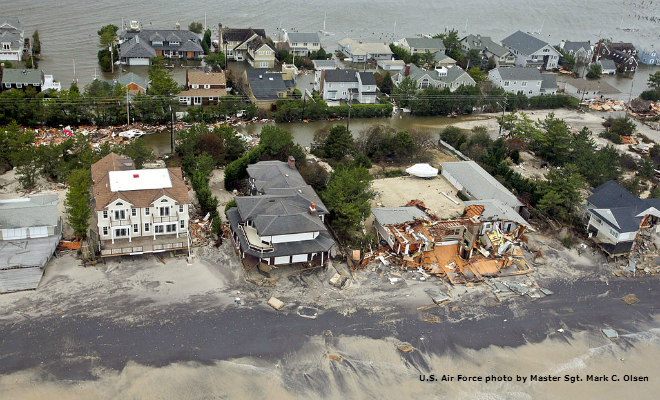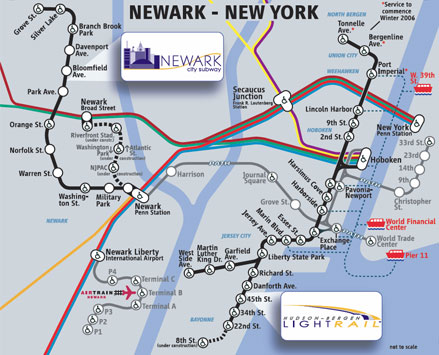New Jersey Future Blog
State Needs New Water Rules Tied To Growth
July 12th, 2001 by New Jersey Future staff
New Jersey Water
- Beach radios strummed “Don’t worry, be happy,” but New Jersey beachgoers stayed mostly out of the water in 1988, when a record 803 beaches closed because of pollution and sewage.
- New Jersey beaches are now some of the nation’s cleanest; but public worry has shifted to the state’s drinking water.
- More than 60 percent of New Jerseyans drink only bottled water or filtered water, compared with 46 percent of Americans nationwide, according to a Star-Ledger/Eagleton-Rutgers poll conducted earlier this year.
- Recent state water tests confirm that water quality has suffered most dramatically in areas of the state where the most new housing has been built, from Lookout Brook in Sussex County, to Kettle Creek across the state in Ocean County.
State officials say new housing alone isn’t to blame for the recent decline in water quality in New Jersey’s fastest-growing areas. But it’s also true the worst drops in water quality have occurred near new housing. At the same time, waterways beyond the “sprawl belt” improved in the past seven years.
New Jersey has spent years crafting a much-needed “watershed management” approach to water pollution control. Because the old rules have been extended for another year, adoption and implementation of a new approach rests with the next governor. The State has been reluctant to tie its water rules to the state’s blueprint for development, the State Plan. But a watershed plan that doesn’t encourage growth in accordance with the Plan will achieve little more than today’s system of sprawl and declining water quality.
The State could and should move more aggressively to adopt new rules that limit development and sewer expansion in environmentally sensitive areas, and encourage growth in the areas designated for growth by the State Plan. The State could also improve water quality in new and older communities by working with municipalities to strengthen their zoning to protect local streams, rivers, ponds, wetlands and steep slopes. It’s cheaper and easier to prevent pollution problems than to fix the consequences. Far from a “no growth” policy, stronger water rules can mean “no worries” by steering new growth to where it does everyone the most good.
















